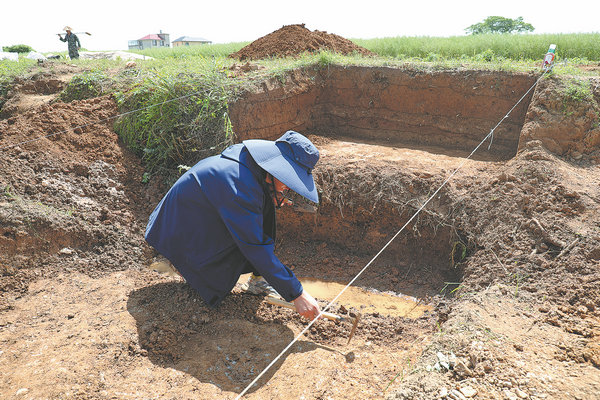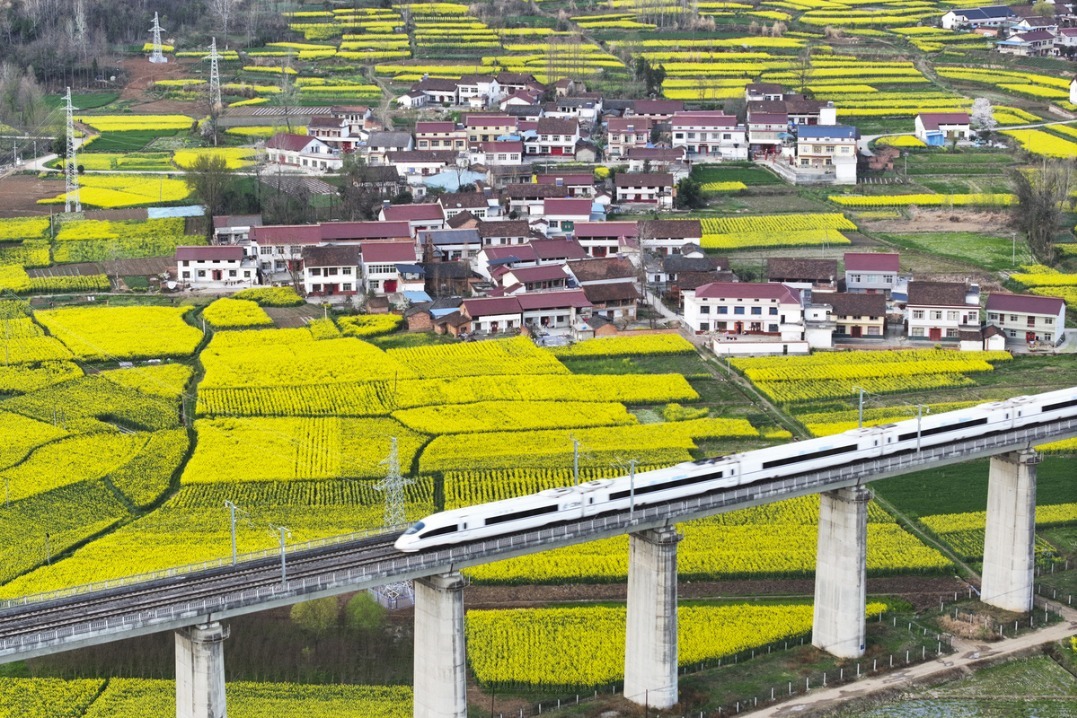Discovery sheds light on early rice cultivation
Evidence unearthed indicates elaborate system to produce crops, Wang Ru reports.
By Wang Ru | China Daily | Updated: 2024-09-28 10:11

Archaeologists infer the site belongs to the middle and late period of Shangshan Culture and Kuahuqiao Culture, a Neolithic culture found in the northern part of Zhejiang dating from 8,000 to 7,000 years ago. They hope to find the relationship between the two ancient cultures in future studies.
Other finds include pottery vessels from both the Shangshan and Kuahuqiao periods, including jars, plates and bowls.
Huangchaodun is especially important among the 24 Shangshan sites discovered since the structure of others are mostly destroyed or under modern houses that are not easy to excavate. As a result, it's rare to unveil the complete layout of a Shangshan cultural site, says Zhang.
Lin Liugen, an archaeology professor at Zhejiang University, says scholars have excavated a series of rice fields from sites in Zhejiang and formed a systematic way to study them.
And the Huangchaodun Site remains special as it yields the earliest rice field among them.
"Based on our search for rice fields in the middle and late Neolithic period, we have developed a research method for locating them. This method includes preliminary field surveys, systematic exploration and sampling, archaeo-botanical analysis, and focused excavations of key areas. By further improving this working model, we believe we will discover more early rice fields, further advancing our exploration of early rice agricultural society," says Zhang.
Zhang Chi, an archaeology professor at Peking University, also highlights the preservation of the settlement landscape.
























